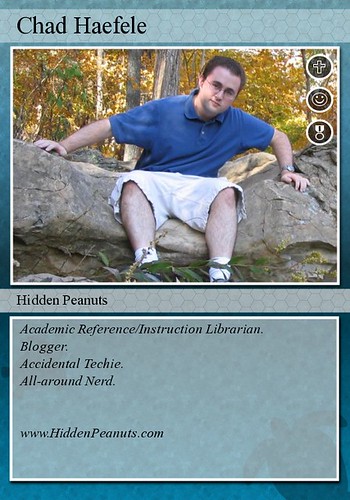Games were big as far back as his experience with Plato IV. Space War, Empire, Airfight, Freecell.
Preliminary online survey results from this year on The Gaming Landscape. The objective of this survey was to analyze the everyday use and integration of gaming into the public’s lives.
Three categories of games which are not mutually exclusive (admittedly crude, used in following statistics):
-Video games (require consoles and TV sets)
-Computer games (require a PC only)
-Online games (require an internet connection)
What we know-
70% of students surveyed play any category “at least once in a whileâ€
65% reported being “regular†or “occasional†game players
All respondants reported to have played a video, computer or online game at one time or another. “This virtually never happens†in other Pew surveys.
27% of college students do not occasionally or regularly play.
-20% cited “lack of interestâ€
-13% cited “waste of timeâ€
.5% cited unfamiliarity with games (margin of error is +-3%)
More research is needed on how gamers are self-defining their activities.
More women than men reported playing computer and online games (60/40).
The women/men split was just about equal in video games.
Gaming is uniform across racial groups – no one more plays significantly more or less than others.
Computer games hold a slight edge in popularity (71% play). 59% play video games, 56% play online games. Computer games also have an edge over video games and online games in time used.
Daily twice as many college students play an online or computer game as play a video game. Nearly half reported going online on at least one occasion just to play or download games.
No correlation was found between gaming and addictive behavior such as gambling online.
69% started playing video games in elementary school. Computer games were widely picked up in junior high/high school, and online games in college.
How do gamers decide what type of game they are going to play? This positioning of different games for different occasions is going to be relevant to libraries.
41% of college student gamers play mainly after 9 p.m. 31% play games the most at their parent’s home. This was the largest category compared to friend’s home (27%), dorm room (23%), and library (2%). (theory: parents don’t want to let go of the Xbox?)
66% said gaming had no influence on their academic performance. However, 48% agreed that gaming keeps them from studying “some†or “a lotâ€. “Maybe gamers are smarter? I don’t know.†Hours per week spent studying are about equivalent from gamers to non gamers.
69% have never used video, computer or internet gaming in the classroom for educational purposes. 32% have played games that were not part of the instructional activities during classes.
Graphics are the biggest thing wanted in a game. Racing, RPG, arcade games are the top 3 categories for video gamers.
Implications:
Most important trend spotted: integration of gaming into other activities.
-Multitasking
-While visiting with friends
-Brief distraction/break from work
-Almost everyone plays games “when bored†regardless of setting
-Even when gaming is the focus of a gathering, other things are still going on in the background
Age
-Younger = more likely to play
-The same trend applied to faculty and teachers
-Are we at a ‘verge’? As faculty becomes more familiar, there will be more opportunities for gaming in the classroom. But, students will have more experience with more up to the minute games. Emulation and the open source community ensures that older games will not die.
Is there a ‘gaming divide’?
-Higher family incomes correlate to a higher likelihood of regular gaming
-Again, race is not a factor, nor is gender
The cost of fancy immersive environments like The Cave is coming down, but applications for them are still sort of nebulous.
Future issues to play a role in the gaming landscape:
-Global high-speed networks (I think he means social networks)
-Culture and language – potential for cross-cultural game trainers?
-Public support of moving into this space
Older gamers drive the collaborative aspects more than younger.

